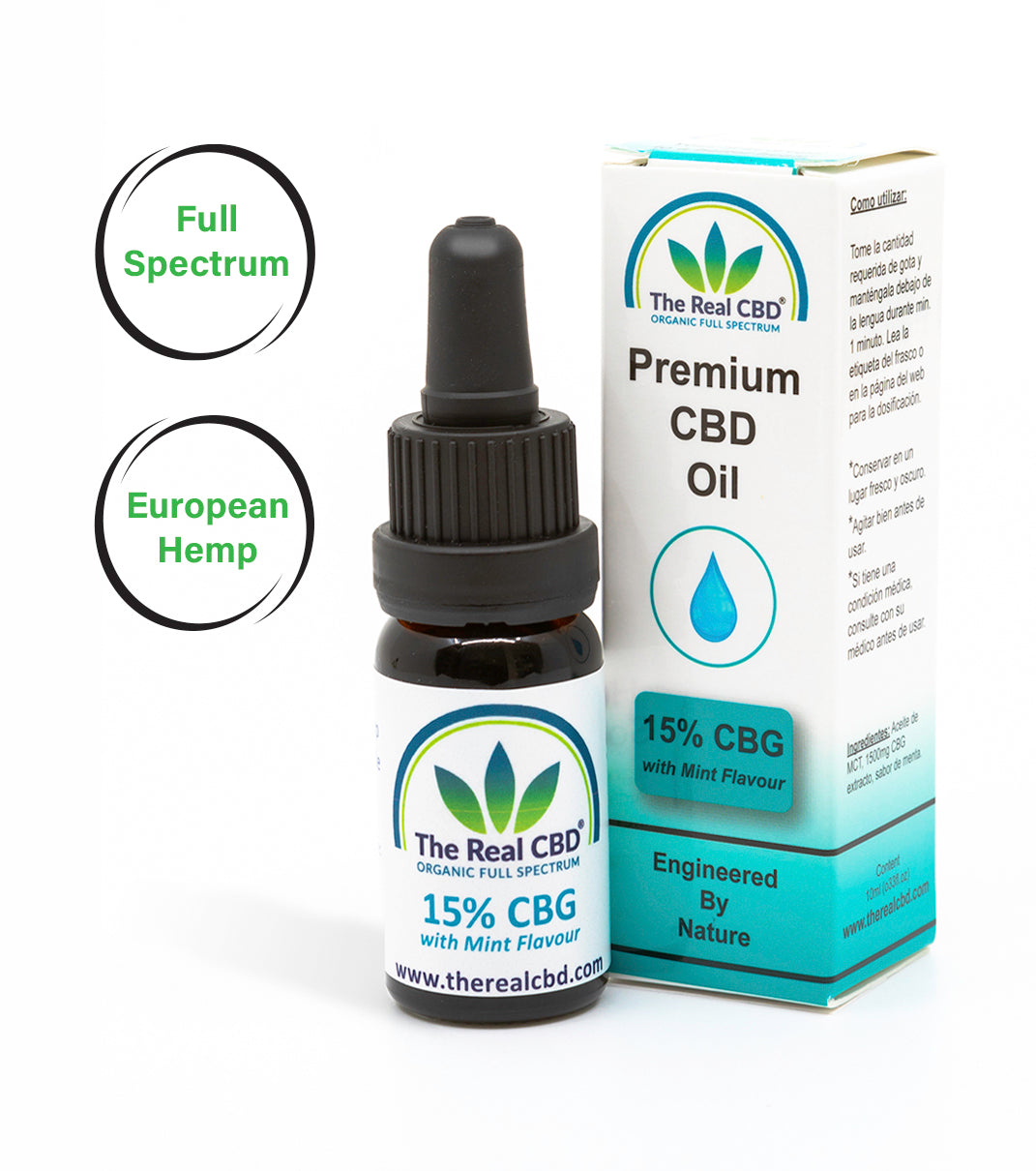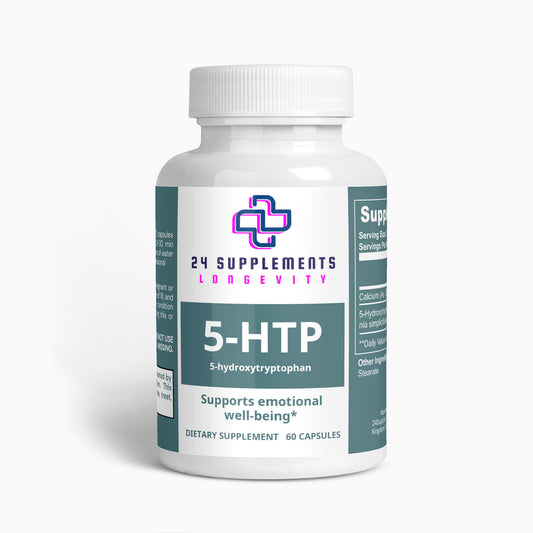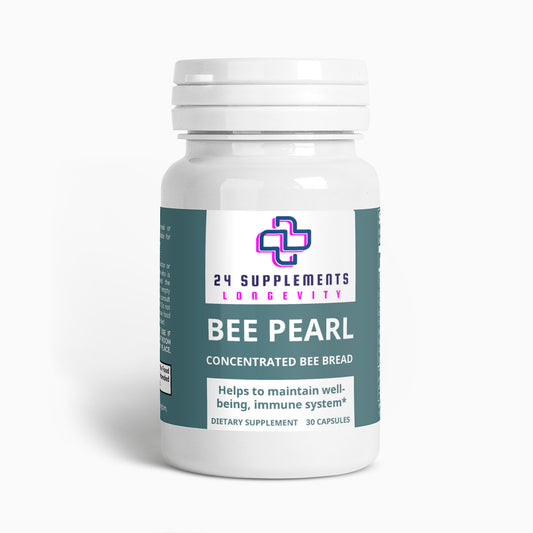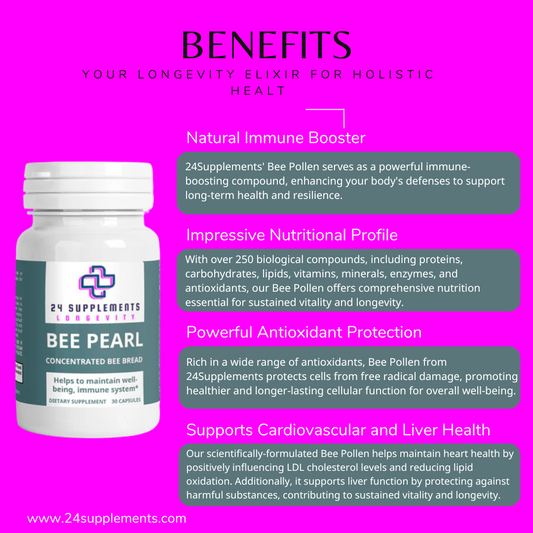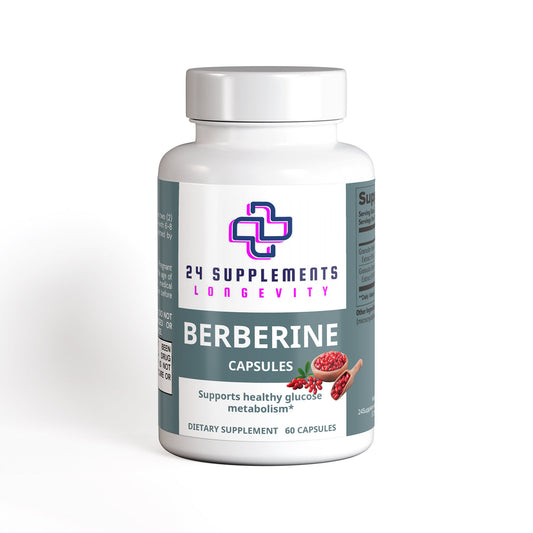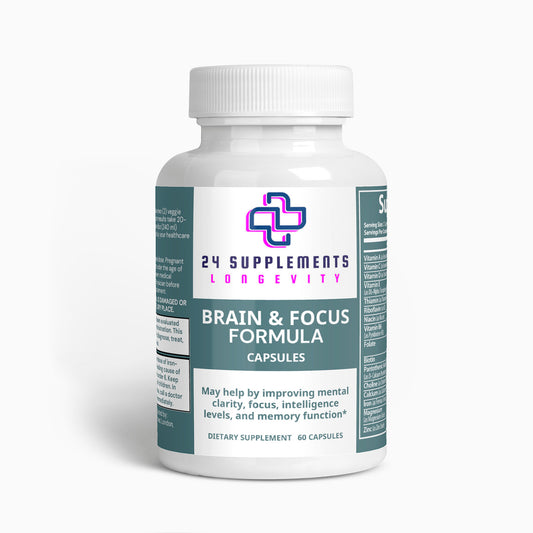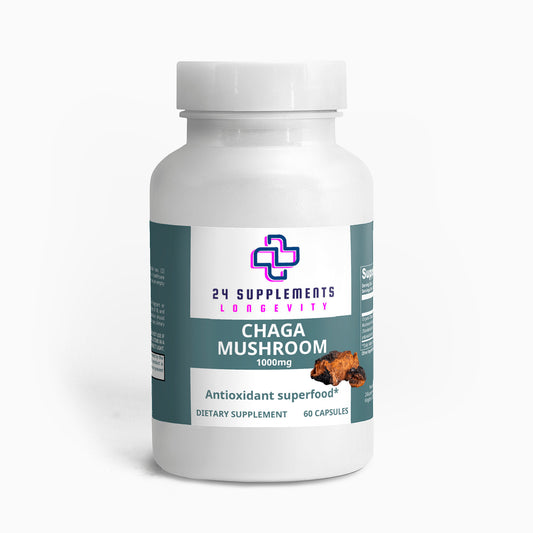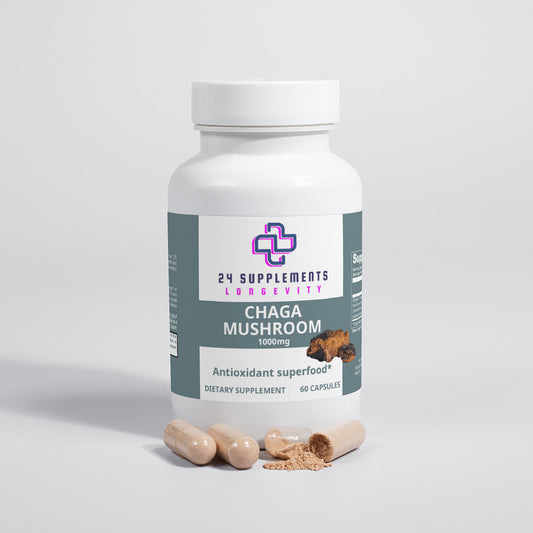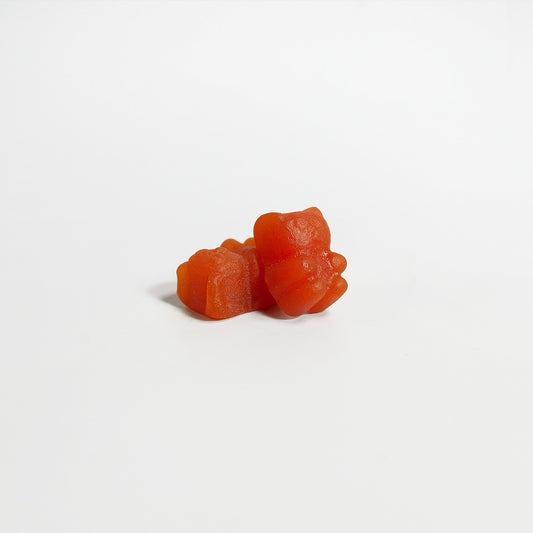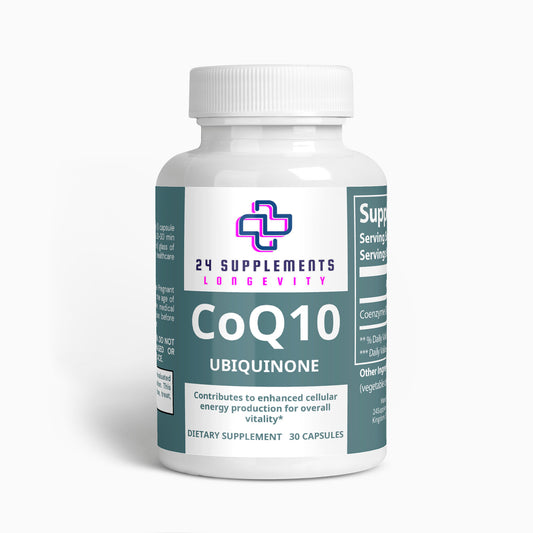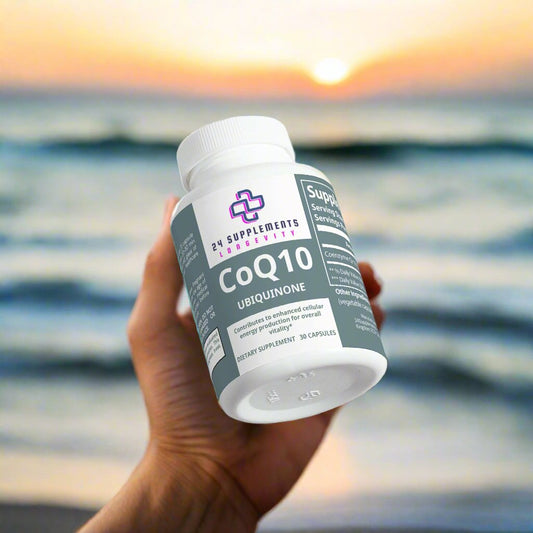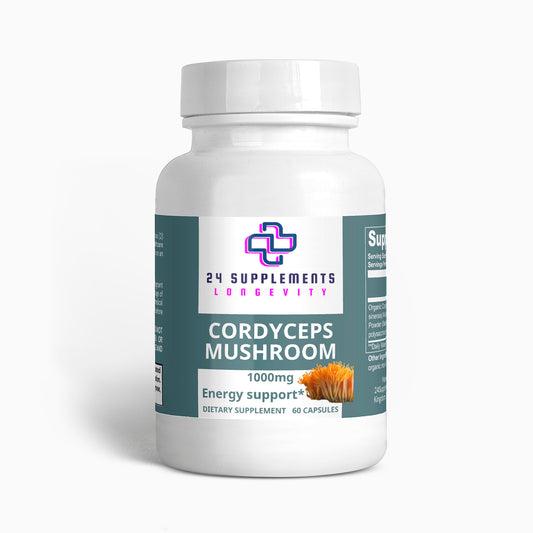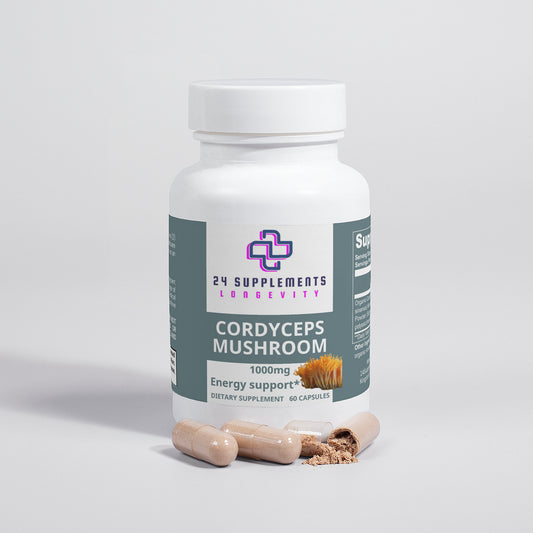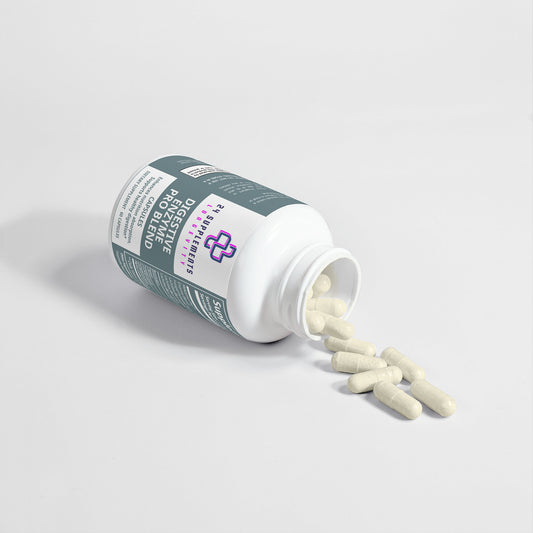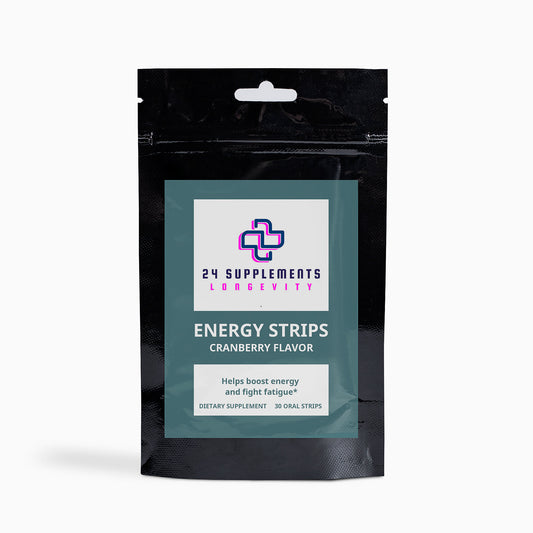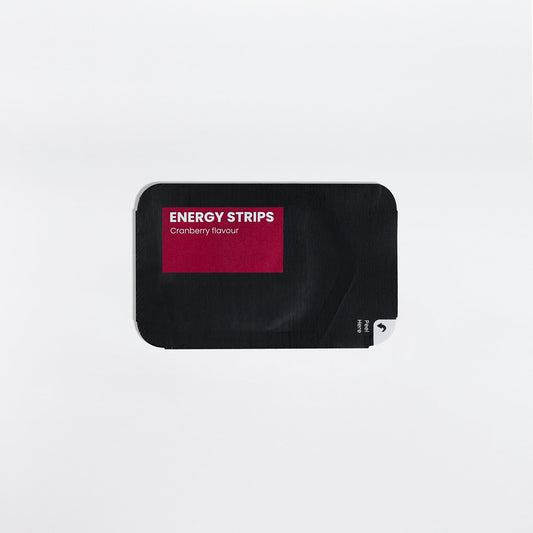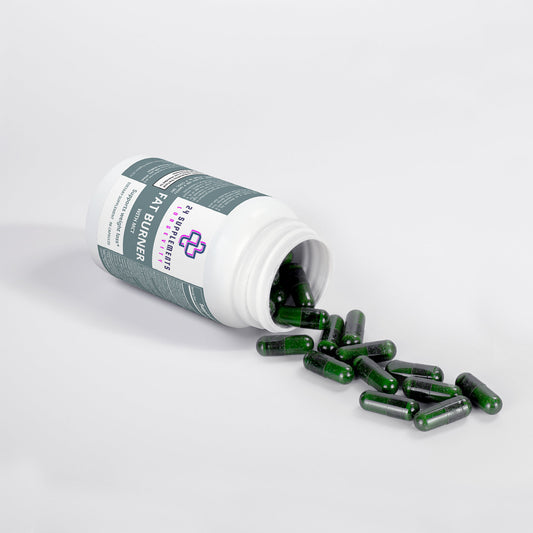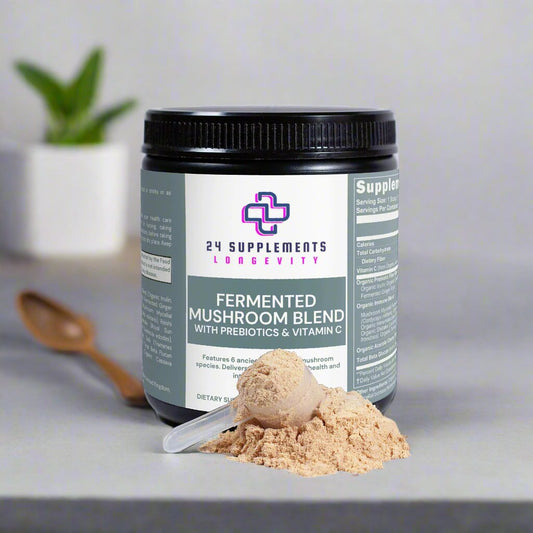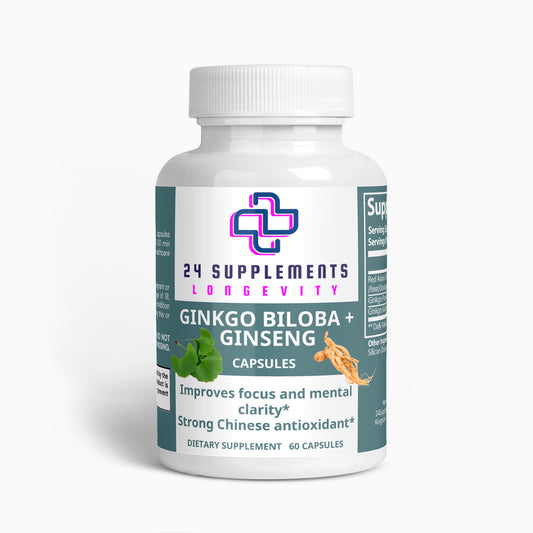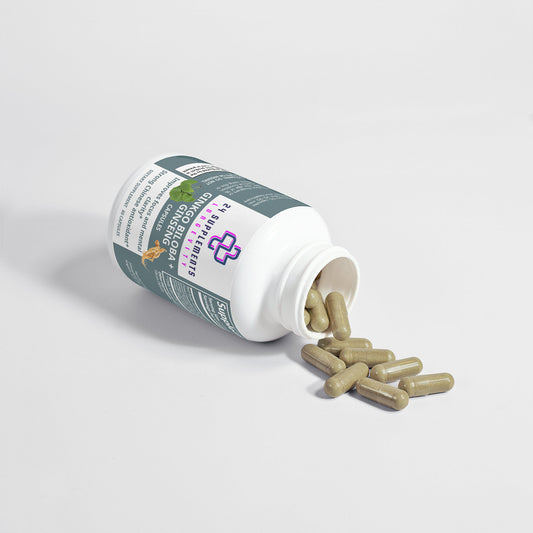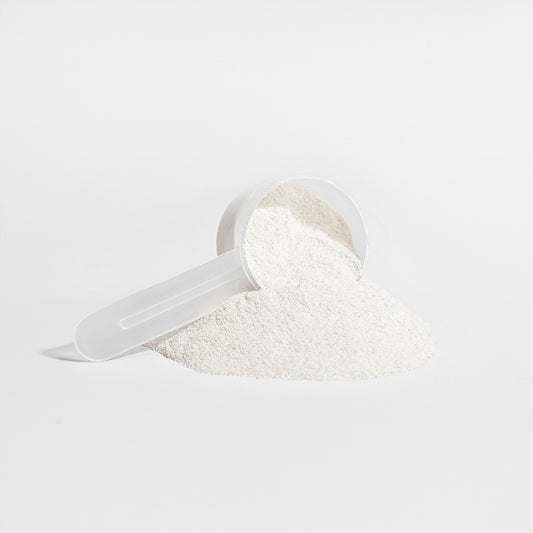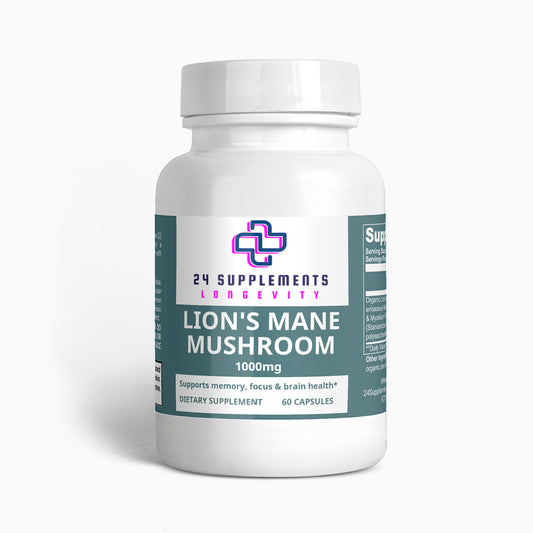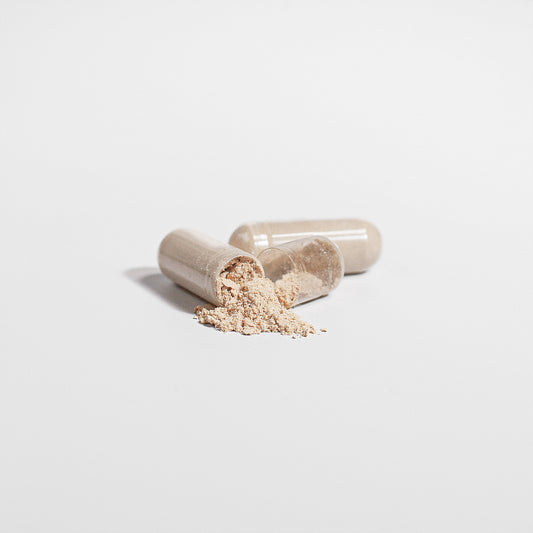
CBD and Pain Management: Mechanisms and Efficacy
Share
Introduction
Chronic pain affects millions of people worldwide, significantly impacting their quality of life. Traditional pain management strategies often involve the use of opioids and other pharmaceuticals, which can have significant side effects and potential for addiction. Cannabidiol (CBD) has emerged as a promising alternative for pain management due to its analgesic, anti-inflammatory, and anti-spasmodic properties. This article explores the mechanisms of CBD in pain relief, clinical evidence, its use in combination with other therapies, and its safety profile.
Mechanisms of Pain Relief
CBD interacts with multiple systems in the body to provide pain relief, making it a versatile and effective analgesic.
Interaction with the Endocannabinoid System (ECS)
The ECS plays a crucial role in regulating pain and inflammation. CBD enhances the activity of endocannabinoids, which can modulate pain perception and reduce inflammation.
-
CB1 Receptors: Located primarily in the brain and central nervous system, these receptors influence pain perception.
-
CB2 Receptors: Found in the peripheral nervous system and immune cells, these receptors modulate inflammation and pain response.
Anti-inflammatory Properties
CBD’s anti-inflammatory effects are mediated through various mechanisms:
-
Inhibition of Pro-inflammatory Cytokines: CBD reduces the production of cytokines such as TNF-α, IL-1β, and IL-6, which are involved in the inflammatory response.
-
Modulation of TLR4 and NF-κB Pathways: CBD can inhibit Toll-like receptor 4 (TLR4) and nuclear factor-kappa B (NF-κB) signaling pathways, both of which are involved in inflammation.
Effects on TRPV1 and Other Pain Receptors
CBD interacts with transient receptor potential vanilloid 1 (TRPV1) receptors, which are involved in pain and inflammation. Activation of TRPV1 by CBD can desensitize pain receptors, reducing pain perception. Additionally, CBD may interact with other pain-related receptors such as adenosine A2A and glycine receptors.
Clinical Evidence and Research
Numerous studies have investigated the efficacy of CBD in managing various types of pain, including chronic pain, neuropathic pain, and arthritis.
Chronic Pain
-
Study on Chronic Pain Patients: A 2018 review published in the Cochrane Database of Systematic Reviews found that CBD may provide significant pain relief in chronic pain conditions, with fewer side effects compared to traditional pain medications.
-
Patient Testimonials: Patients with chronic pain conditions, such as fibromyalgia and chronic lower back pain, have reported significant improvements in pain and quality of life with CBD use.
Neuropathic Pain
-
Mechanisms of Relief: CBD’s effects on neuropathic pain are attributed to its ability to modulate pain receptors and reduce neuroinflammation.
-
Clinical Studies: A 2017 study published in the Journal of Pain Research found that CBD significantly reduced neuropathic pain in patients with conditions such as multiple sclerosis and diabetes.
Arthritis
-
Anti-inflammatory Effects: CBD’s anti-inflammatory properties can help reduce joint inflammation and pain associated with arthritis.
-
Animal Studies: A 2016 study published in the European Journal of Pain found that topical CBD application significantly reduced joint swelling and pain in animal models of arthritis.
-
Human Trials: Ongoing clinical trials are investigating the efficacy of CBD in reducing arthritis symptoms and improving joint function.
CBD in Combination with Other Therapies
CBD can be used in conjunction with other pain management therapies to enhance efficacy and reduce side effects.
Synergistic Effects with Other Cannabinoids (Entourage Effect)
The entourage effect refers to the synergistic interaction between various cannabinoids and terpenes in cannabis, enhancing the therapeutic effects of CBD. Combining CBD with other cannabinoids, such as THC, can provide more comprehensive pain relief.
Combination with Opioids and Reduction in Opioid Use
CBD may enhance the analgesic effects of opioids, allowing for lower opioid doses and reducing the risk of addiction and side effects. Studies have shown that CBD can potentiate the pain-relieving effects of opioids while mitigating opioid tolerance and withdrawal symptoms.
Integrative Pain Management Approaches
Integrative approaches combine CBD with other pain management strategies, such as physical therapy, acupuncture, and mindfulness practices, to provide holistic and comprehensive pain relief.
Safety and Side Effects
While CBD is generally considered safe, it is important to be aware of potential side effects and safety considerations.
Adverse Effects and Contraindications
-
Common Side Effects: Mild side effects### Article 1: "The Biochemistry of CBD: Understanding Cannabidiol at the Molecular Level"
Introduction
Cannabidiol (CBD) is a non-psychoactive compound found in cannabis plants that has gained significant attention for its potential therapeutic benefits. Understanding the biochemistry of CBD is essential for comprehending how it interacts with the human body and contributes to its various effects. This article delves into the molecular structure of CBD, its interaction with the endocannabinoid system (ECS), its metabolism, and its pharmacokinetics and pharmacodynamics.
The Chemical Structure of CBD
CBD, or cannabidiol, is one of over 100 cannabinoids found in the cannabis plant. Its chemical structure consists of 21 carbon atoms, 30 hydrogen atoms, and 2 oxygen atoms (C21H30O2). Unlike its psychoactive counterpart, tetrahydrocannabinol (THC), CBD does not induce a "high." This is due to its distinct arrangement of atoms and its lack of affinity for CB1 receptors in the brain, which THC binds to.
Comparison with THC and Other Cannabinoids
The primary difference between CBD and THC lies in their molecular structures. THC contains a cyclic ring, while CBD has a hydroxyl group. This structural difference significantly alters their interaction with the ECS. While THC binds directly to CB1 receptors, causing psychoactive effects, CBD modulates these receptors indirectly and has a lower affinity for them. Additionally, CBD can influence the activity of various non-cannabinoid receptors and ion channels.
Synthesis and Extraction Methods
CBD can be synthesized in the laboratory or extracted from cannabis plants. Extraction methods include:
-
CO2 Extraction: Uses supercritical CO2 to extract cannabinoids, resulting in a pure and potent product.
-
Ethanol Extraction: Uses ethanol as a solvent to extract cannabinoids, suitable for large-scale production.
-
Hydrocarbon Extraction: Uses hydrocarbons like butane or propane, effective but requires thorough purification to remove solvents.
Interaction with the Endocannabinoid System
The ECS is a complex cell-signaling system that plays a crucial role in maintaining homeostasis. It consists of endocannabinoids, receptors (CB1 and CB2), and enzymes that synthesize and degrade endocannabinoids.
How CBD Interacts with CB1 and CB2 Receptors
CBD has a low affinity for CB1 and CB2 receptors but can modulate their activity. It acts as an inverse agonist at CB1 receptors, reducing their activation by other agonists. At CB2 receptors, CBD acts as a weak antagonist or inverse agonist, depending on the context. This modulation helps regulate various physiological processes, including pain, inflammation, and immune response.
Effects on ECS Modulation
CBD can influence the ECS by:
-
Inhibiting Fatty Acid Amide Hydrolase (FAAH): FAAH breaks down anandamide, an endocannabinoid. By inhibiting FAAH, CBD increases anandamide levels, enhancing its effects.
-
Modulating TRPV1 Receptors: TRPV1 receptors are involved in pain and inflammation. CBD can activate these receptors, contributing to its analgesic and anti-inflammatory properties.
-
Influencing GPR55 Receptors: GPR55 is another receptor involved in various physiological processes. CBD can antagonize GPR55, which may be linked to its anti-cancer effects.
Metabolism of CBD
Once ingested, CBD undergoes metabolism primarily in the liver through the action of cytochrome P450 (CYP450) enzymes.
Absorption and Bioavailability
The bioavailability of CBD depends on the route of administration:
-
Oral: Low bioavailability (13-19%) due to first-pass metabolism in the liver.
-
Sublingual: Higher bioavailability (20-35%) as it bypasses the digestive system.
-
Inhalation: High bioavailability (34-56%) due to direct absorption into the bloodstream through the lungs.
-
Topical: Localized effects with minimal systemic absorption.
Metabolic Pathways in the Liver
CBD is metabolized by CYP450 enzymes, primarily CYP3A4 and CYP2C19. These enzymes convert CBD into its metabolites, including 7-hydroxy-CBD and 6α-hydroxy-CBD. These metabolites are then further processed and excreted through the kidneys.
Factors Influencing Metabolism
Several factors can influence the metabolism of CBD:
-
Genetics: Genetic variations in CYP450 enzymes can affect how individuals metabolize CBD.
-
Age: Metabolic rate decreases with age, affecting CBD metabolism.
-
Diet: Certain foods and supplements can inhibit or induce CYP450 enzymes, altering CBD metabolism.
Pharmacokinetics and Pharmacodynamics
Understanding the pharmacokinetics and pharmacodynamics of CBD is crucial for determining its therapeutic potential and appropriate dosing.
Onset, Duration, and Half-Life of CBD
The onset and duration of CBD’s effects depend on the administration route:
-
Oral: Onset in 30-90 minutes, duration of 6-8 hours, half-life of 1-2 days.
-
Sublingual: Onset in 15-45 minutes, duration of 4-6 hours, half-life of 1-2 days.
-
Inhalation: Onset in 1-5 minutes, duration of 2-4 hours, half-life of 1-2 days.
-
Topical: Onset and duration vary based on formulation and application area.
Dose-Response Relationships
CBD exhibits a biphasic dose-response curve, meaning its effects can vary at different doses:
-
Low to Moderate Doses: Typically produce calming, anti-anxiety, and anti-inflammatory effects.
-
High Doses: May produce sedative effects and potentially greater therapeutic benefits for conditions like epilepsy.
Mechanisms of Action in Various Physiological Processes
CBD influences various physiological processes, including:
-
Pain Management: Through ECS modulation, TRPV1 activation, and anti-inflammatory effects.
-
Anxiety Reduction: Via serotonin receptor modulation (5-HT1A) and GABAergic neurotransmission enhancement.
-
Neuroprotection: By reducing oxidative stress, inflammation, and excitotoxicity.
Conclusion
CBD's biochemical properties and interactions with the ECS make it a promising compound for various therapeutic applications. Understanding its molecular structure, metabolism, pharmacokinetics, and pharmacodynamics is crucial for harnessing its full potential. Future research will likely continue to uncover new insights into CBD's mechanisms of action and expand its clinical applications.









